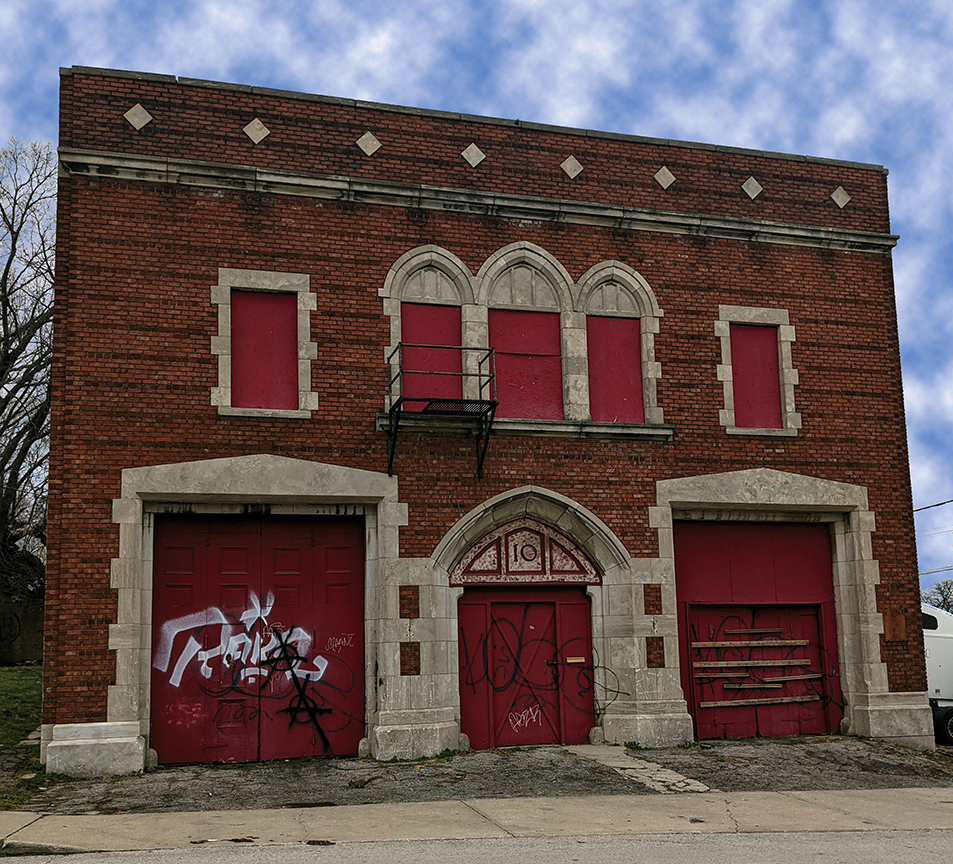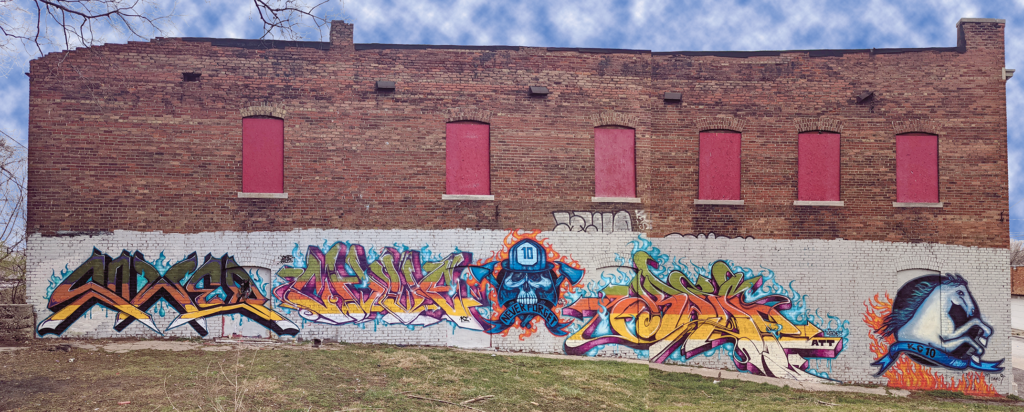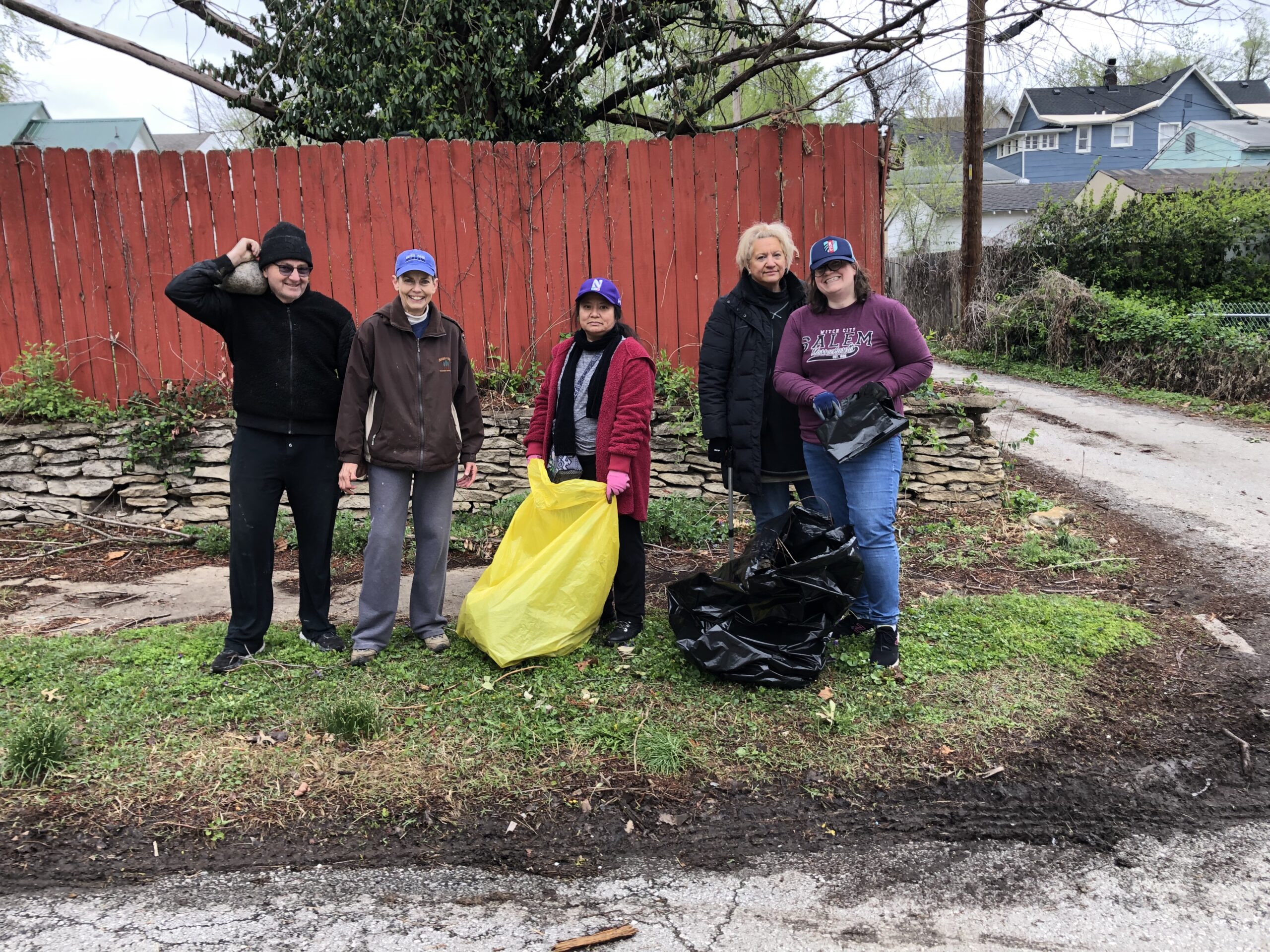
By Bryan Stalder
If you ask any artist when graffiti started, many will tell you that the first drawings on walls appeared in caves thousands of years ago. Some will tell you that in Ancient Rome, citizens began writing political messages on buildings. However, modern graffiti, typically written with an aerosol can, marker, or “grease pen,” began appearing in New York City and Philadelphia in the 1960s. Modern graffiti really began to spread across the world in the 1970s, when people began writing their names – or ‘tags’ – on buildings, trains, and other spaces with high visibility.
By the 1980s, artists such as Jean-Michel Basquiat and Keith Haring were going from “graffiti artist” and “street artist” to “pop artist” and “neo-expressionist” in New York’s art scene. Meanwhile, a Kansas City man, who goes by the name “GEAR” began writing his name on walls around the Midwest. It was here in Kansas City that GEAR began to learn and improve his skills with an aerosol can, develop his own style, and paint with other artists from around the region.
GEAR has been painting walls for nearly four decades and has also taken his illegal art form into gallery spaces where he sells his work. But street art, in its true form, belongs on the street, and so of course GEAR still paints walls. GEAR, along with other local graffiti artists, maintain walls throughout the city where they are given permission to paint.
Last May, GEAR posted a request to social media seeking additional “permission walls” to paint.
Northeast resident Bobbi Baker-Hughes and her husband Gilbert Hughes own the building at 612 Virginia Ave., formerly the Kansas City, Mo. Firehouse 10. The property has long been the frequent target of vandalism and illegal graffiti. Baker-Hughes saw the social media request and reached out to GEAR, offering him the walls on both sides of the building to paint and maintain.
“Collaborative partnerships with artists like GEAR and other such professionals bring an element of understanding of this creative art form to the community,” Baker-Hughes said. “Graffiti writers, artists and muralists bring to a space a placemaking process that really starts with an underground presence and rises to a level of admiration of their abilities to bring focus to a topic of relevance in a community.”
“[Bobbi] gave me a brief history about the firehouse and asked if maybe I would paint some sort of fireman or firehouse themed character,” GEAR said. “I told her I could manage that, but also told her it would be a rotating wall, which would eventually include different artwork, and she was cool with that.”

Last month, GEAR, along with Kansas City artists SOWER, CHUE, and FEM, worked together to complete a mural on the south facing wall of the building.
Permission walls differ from a traditional commissioned mural because the artists are given the autonomy to paint what they want, within reason, and generally do not receive a commission for their work.
“Sometimes we get compensation for our work, but in general, we supply our own paint,” GEAR said. “In this specific case, I painted the fireman character because Bobbi asked me if I could possibly include something related to the fire department. She has always been supportive of me and my artwork, and I consider her a friend, so I included it in the mural.”
“Not anyone can just come and paint these walls,” GEAR added. “I do that so it doesn’t become sort of a free-for-all painting situation. [We’re allowed to] paint what we want, to an extent, and we try to stay away from profanity and nudity.”
FEM, who has been painting since 1996, told us, “For a writer to obtain a permission wall, it bridges the gap in helping both parties understand each other and to develop trust and respect for a medium that is often misunderstood.”
While graffiti can still cause headaches for property owners, the stigma around the art form has begun to soften.
“I have watched the [graffiti] scene grow over the years. SCRIBE [another local graffiti artist who has been painting with GEAR for decades] and I started getting some of the first permission walls,” GEAR said. “At that time, people would literally throw beer bottles and tomatoes at us,” due to the fact that graffiti was largely viewed as a problem, vandalism that left property owners with damaged walls and potential municipal fines if the graffiti wasn’t removed.
“Now KC is a ‘Mecca’ for the graffiti scene in the country, and there are permission walls everywhere to paint here,” GEAR said proudly. “I love being able to drive around and see all the dope graffiti and watch as the attitudes towards the artwork has slowly become more positive.”
GEAR has plans to travel to Chicago and Oklahoma City later this year to paint walls with friends in those cities, but he eventually has plans to invite others to paint the north facing wall of the firehouse on Virginia Avenue. We will continue to follow this story and let readers of Northeast News know when the north wall is completed.















